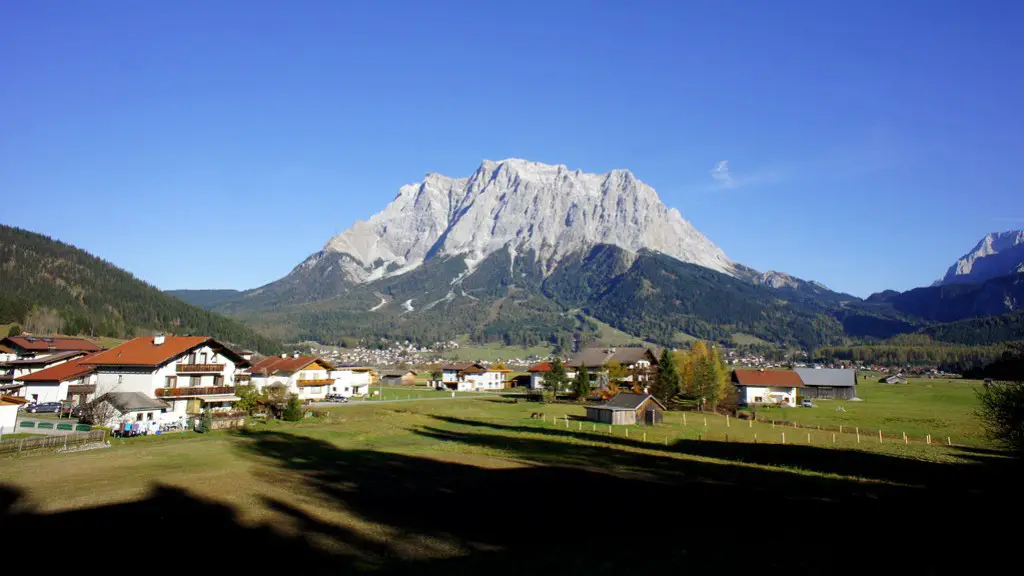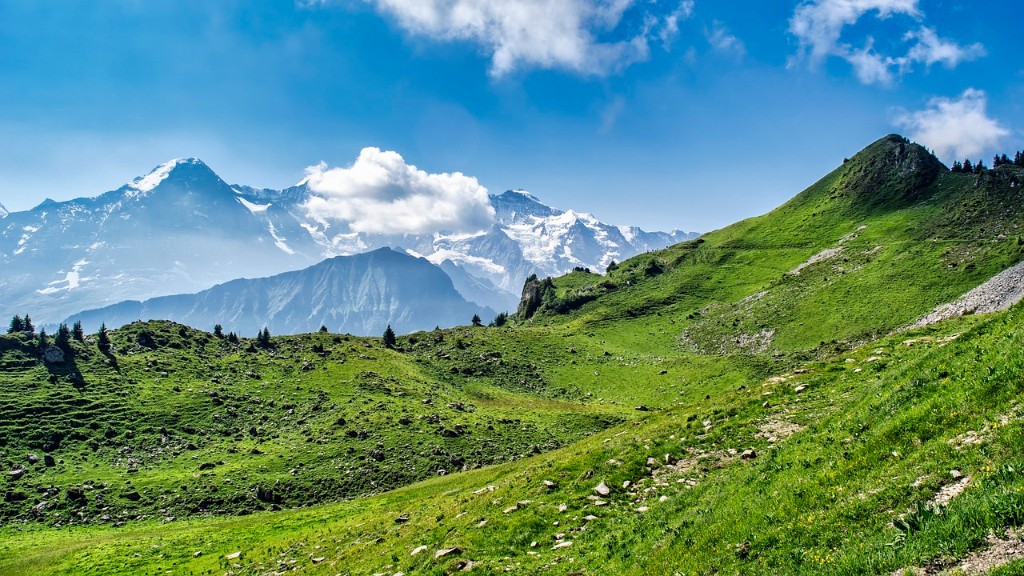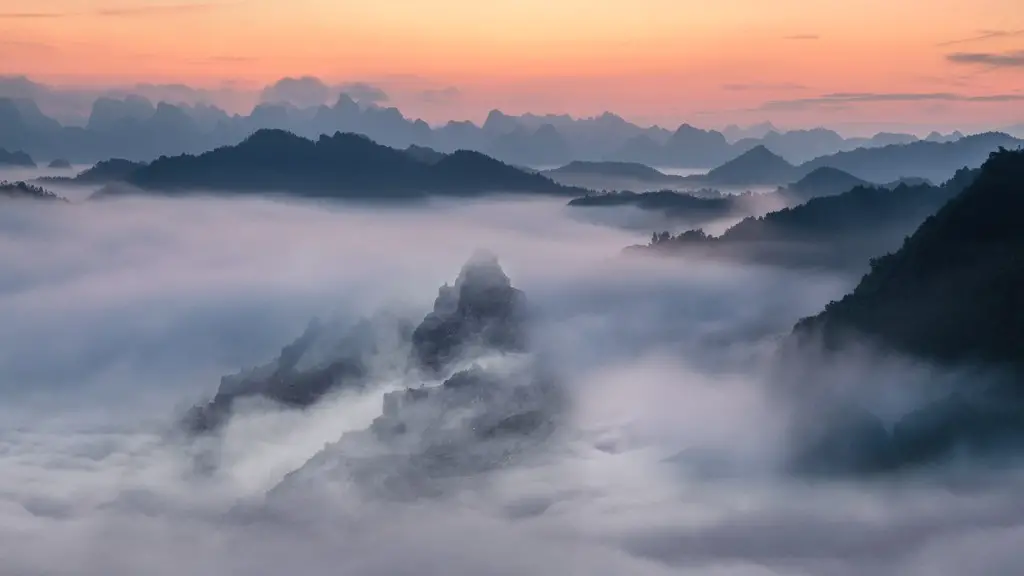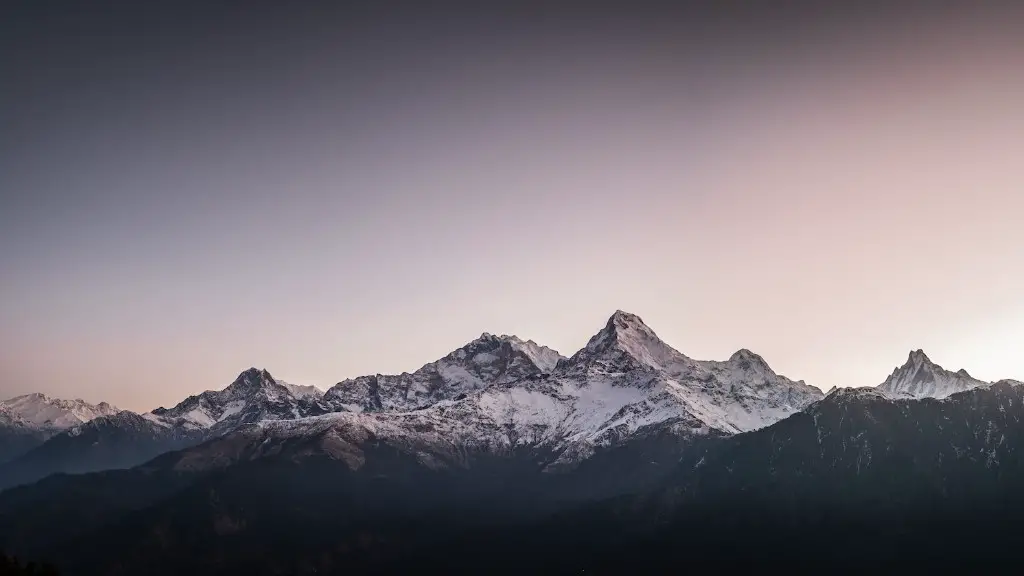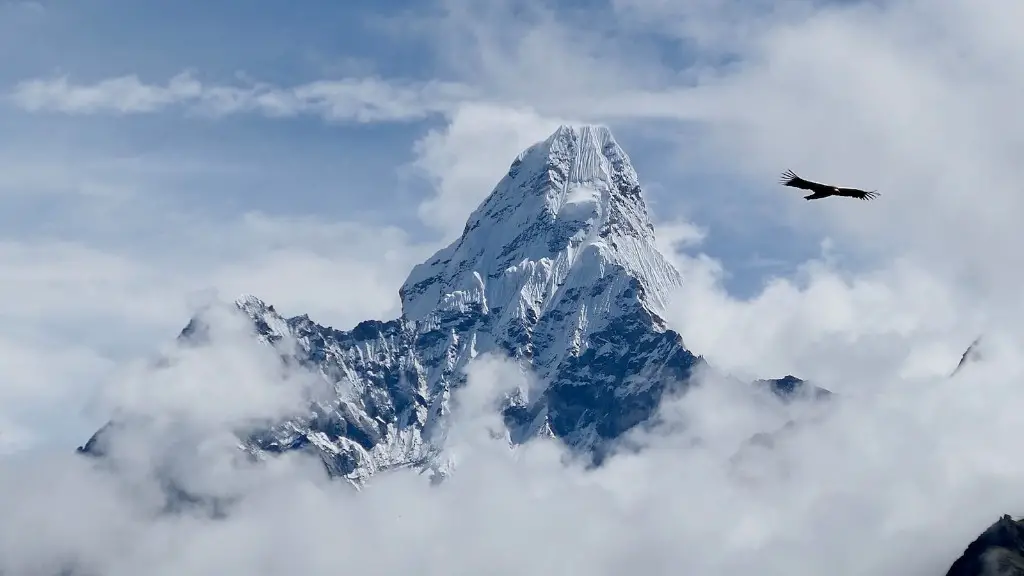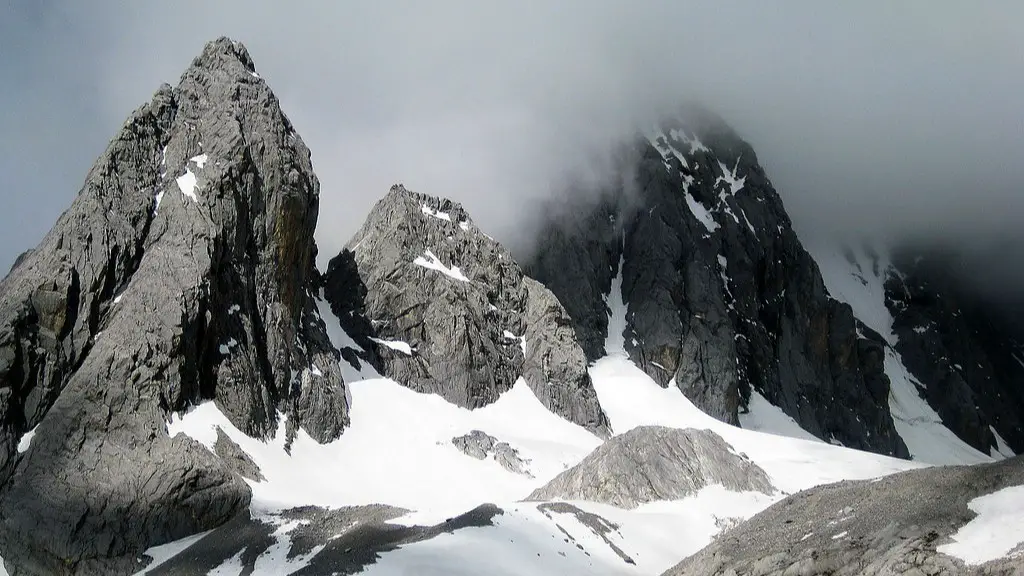Starting the journey to climb Mount Everest can be an overwhelming task. There are a lot of things to think about and plan for, but with a little knowledge and preparation, it can be an exciting and rewarding experience. Here are a few things to keep in mind as you get ready to embark on your journey to the top of the world.
First and foremost, you need to make sure you are physically fit enough to make the climb. Mount Everest is no joke, and you will be pushing your body to its limits. Be sure to consult with your doctor and get a clean bill of health before even considering the climb.
You also need to be mentally prepared for what you’re about to undertake. Climbing Mount Everest is an incredibly taxing experience, both physically and mentally. Be sure you are in the right headspace before embarking on the climb.
Finally, you need to start planning and preparing for the logistical side of things. This climb is not going to be cheap, and you will need to factor in the cost of equipment, guides, permits, and more. Start doing your research and start saving up now so you can make your climb a reality.
Climbing Mount Everest is an experience
There is no one answer to this question as everyone’s preparation will be different based on their individual experience and abilities. However, there are some key things that everyone should do in order to ensure a successful climb of Mount Everest. Firstly, it is important to get in good physical shape and to build up your endurance by regularly hiking and climbing smaller mountains. Secondly, you need to make sure you have the proper equipment, including warm clothing, a good shelter, and the right supplies. Finally, you should have a solid plan and know exactly what route you will be taking to the summit.
Can a beginner climb Mount Everest?
Mount Everest is the tallest mountain in the world, and reaching the summit is a serious feat of physical accomplishment. However, beginners can trek to Everest Base Camp with relative ease. Of course, that doesn’t mean it’s an easy trek! If this is an expedition you’re considering, be sure to read up on all the necessary information and preparation required. With the proper planning and execution, Everest Base Camp is an achievable goal for any beginner mountaineer.
If you are interested in climbing up Mount Everest, you will need to factor in up to three months for the journey. This includes time for acclimatization to the altitude, as well as the actual ascent and descent. Make sure you are prepared for the challenge before undertaking such an ambitious goal!
Can I climb Mount Everest with no experience
You need experience, experience, experience: having attempted the Seven Summits isn’t sufficient training for this kind of mountaineering. But beyond high-altitude climbing experience, you also need good footwork, good self-management and understanding of when you might need to turn back.
In order to successfully summit Everest, you must be incredibly physically fit; most people spend at least one-year training to climb the mountain. You should also be comfortable on AD-rated climbs with previous experience at high altitudes.
What is the best age to climb Everest?
The two routes to scale the world’s tallest peak are from the Everest North side in Tibet or another from the Everest South side in Nepal. Chinese authorities impose an age limit of 18-60 in Tibet, while in Nepal, climbers must be a minimum of 16 years old but there is no upper age limit.
The trek from Camp Four to the summit is the most difficult part of the journey. It takes about seven hours and adds 2,500 feet in elevation. Lhakpa Sherpa said that typically, climbers attempt to make it to the summit and back to Camp Four in a single day, spending as little time as possible in the death zone.
How cold is it at the top of Everest?
The weather and climate on Mount Everest is one of the most extreme on Earth. Temperatures at the summit are never above freezing and during January can drop as low as -60° C (-76° F). Despite the low temperatures, the biggest issue faced by climbers is hurricane force winds and wind chill. These conditions make it very difficult to climb the mountain and can be very dangerous.
The cost of climbing Everest has skyrocketed over the years, with prices ranging from $30,000 to $160,000 in 2022. The average cost falls somewhere around $45,000, but the reason for such a big range in price is unclear. If you’re planning on taking a trek up Everest, be prepared to shell out a significant amount of money.
How much does it cost to climb Mt. Everest
The cost of climbing Mount Everest has increased over the past few years. In 2022, the average price to climb the mountain was $54,972, with a median price of $46,995. In 2021, the average price was $54,044, with a median price of $46,498. The cost of climbing Everest has been on the rise in recent years, making it more difficult for climbers to afford the trip.
The potato is an important part of the diet for the Sherpas, who live at altitudes up to 14,000 feet. The main food they eat is Sherpa stew, “shyakpa,” which is a meat and potato stew with some vegetables mixed in. Rice with lentils, “daal bhaat,” is also a common meal for the Sherpas.
Is it hard to breathe on Mount Everest?
The air is so thin at the top of Everest that it can take minutes to catch your breath. That’s because, at an elevation of 8,848 meters (29,029 feet), each breath contains only one-third of the oxygen found at sea level. At this height, your body is working overtime just to keep you alive.
It is important to note that the average time from arriving at Base Camp to reaching the summit is 40 days. This gives you a good idea of how long it will take to acclimatize your body to the high altitude. However, you will still be carrying a 20lb to 30lb pack with personal gear.
What is the scariest part of climbing Everest
Ice doctors are experienced climbers who install systems of ropes and ladders in the Khumbu Icefall each climbing season. Even with their extensive experience and knowledge, the Khumbu Icefall is still the most dangerous part of an Everest expedition. This is because the icefall is constantly changing, which makes it difficult to predict where crevasses and other hazards will be.
Mt. Everest is the highest mountain peak in the world, and it is also one of the most difficult to climb. The main challenge for climbers is the altitude, as it is much higher than any other mountain. This can cause acute mountain sickness, which can be deadly if not treated properly. Trekkers need to be very careful before attempting to climb Mt. Everest, as the risk is very high.
What is death zone in Mount Everest?
The so-called “death zone” on Mt. Everest is defined as the altitude above 8,000 meters (26,247 feet), where there is not enough oxygen in the air to sustain human life for an extended period. Above this altitude, the air is so thin that human beings can only survive for a short time without supplementary oxygen. The summits of the world’s 14 tallest mountains are all found in the death zone.
The Alpenglow team snacks a lot, eating small amounts of calories all day. This helps them to stay energized and focused during long days spent climbing. The team brings crackers, meats, cheese, granola, nuts, and fruits with them to the mountains. Up high, “people say to eat 8,000 – 10,000 calories per day which is 5 times what you burn at home. We eat as much as we can to combat big days.”
What are the major causes of death on Mount Everest
Everest is the Earth’s highest mountain, with a peak elevation of 8,848 metres (29,029 ft) above sea level. It is located in the Mahalangur Himal sub-range of the Himalayas. The top 3 causes of death on Everest are avalanches, falls and collapses, and mountain sickness with brain or lung edema.
Avalanches are a major problem on Everest, especially in recent years. In 2014, an avalanche killed 16 people, the deadliest day in the mountain’s history. In 2015, another avalanche killed at least 12 people. Falls and collapses are also common, especially during descents when climbers are tired and their concentration is reduced.
Mountain sickness is a serious problem on Everest, with brain or lung edema often being fatal. It is caused by the low oxygen levels at high altitudes and can be difficult to treat.
Everest is a difficult and dangerous mountain to climb, and avalanches, falls and mountain sickness are the top three causes of death on the mountain.
While it is possible for a person to reach the summit of Everest without supplementary oxygen, it comes at a cost. Extreme hyperventilation and respiratory alkalosis can take a toll on the body, and even then, the person’s arterial PO2 would be less than 30 Torr. It’s important to be aware of the risks before undertaking such a feat.
Warp Up
1. Physical Training
Everest is a physically demanding ordeal. Months of training are required to make sure your body can endure the rigors of the climb. Base camp is also at a high altitude, so getting your body acclimatized to the thinner air is crucial.
2. Gear
You will need the proper clothing and gear to summit Everest. Be sure to have high-quality, warm clothing, gloves, boots, a sleeping bag, and a tent. You will also need safety equipment such as a helmet, a harness, and crampons.
3. Routes
There are several routes up Everest. Be sure to study the route you plan on taking and to have a backup plan in case conditions change.
4. Guides
Hiring a professional guide is a good idea when climbing Everest. They can help you with the logistics of the climb and offer useful advice.
5. Expect the Unexpected
Climbing Everest is an unpredictable adventure. Be prepared for anything and expect the unexpected.
As you can see, there is a lot of preparation that goes into successfully climbing Mount Everest. If you want to achieve this goal, it is important to start planning and training as early as possible. Get guidance from experienced climbers, create a realistic training schedule, and be diligent about following your plan. Build up your strength and stamina slowly but surely, and be sure to monitor your own physical and mental health closely. Finally, give yourself the best chance for success by packing carefully and bringing the right gear for the conditions. With proper planning and preparation, you can make your dream of summiting Mount Everest a reality.
